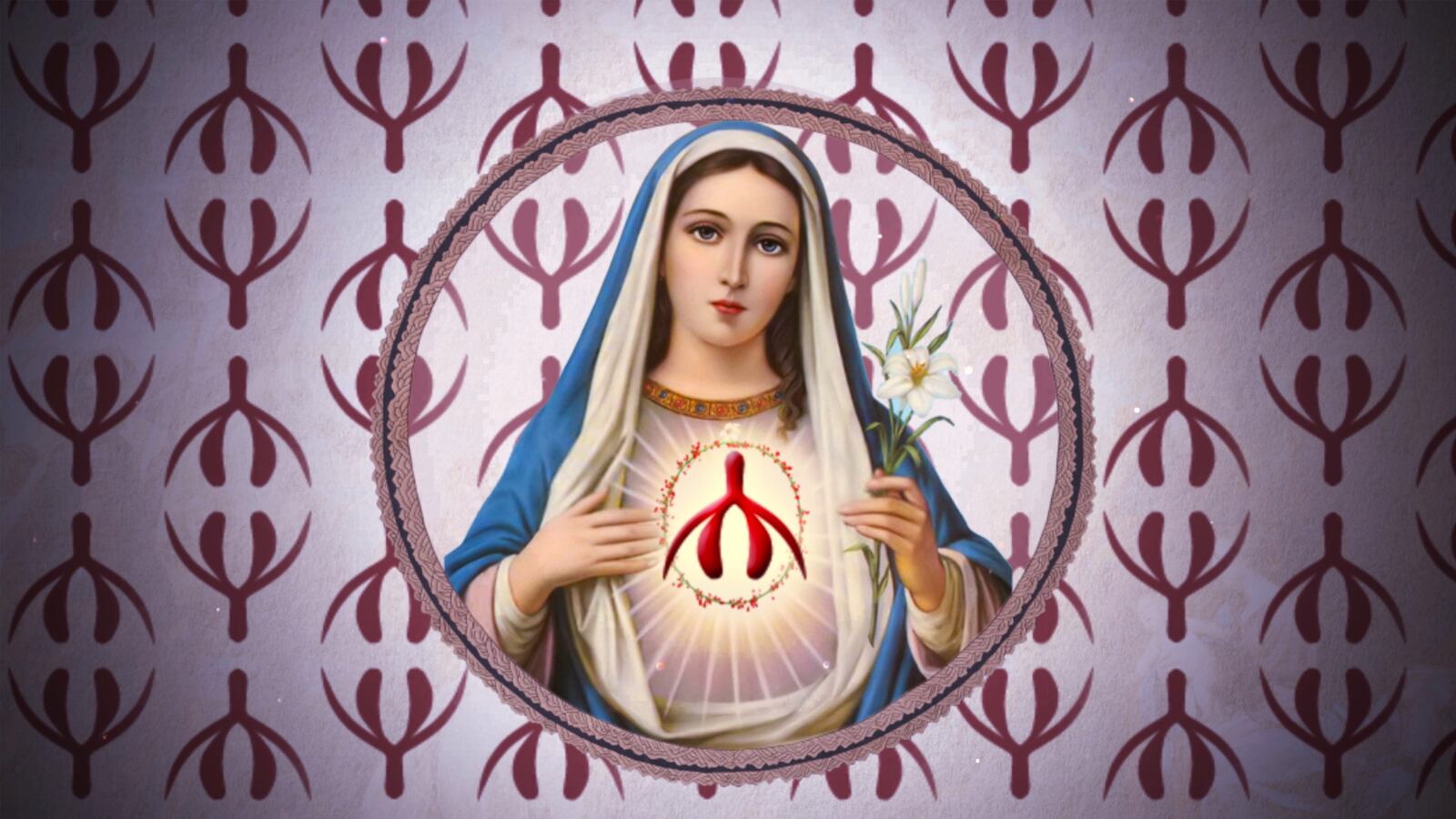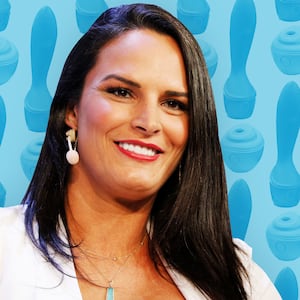In 2017, I learned that a film director was hosting an open discussion about female sexual desire as part of her documentary, The Dilemma of Desire. I joined the room of 30-odd women, discussing dating and sexuality, quandaries and triumphs. Taboo thoughts that had been wrapped in shame were openly exchanged. Listening to this array of incredible women and femme-identifying folks sharing intimate details of their lives helped me build up the courage to vocalize for the first time: I’m not sure I’ve ever climaxed.
I was 23 years old.
Desperate to understand why I hadn’t come, I had recently turned to sex therapy to answer my most urgent questions: Were trust issues stopping me from asking for what I wanted in bed? Did I even know what I wanted? Why had I allowed men to put their pleasure first? Would I ever be able to achieve the overflowing orgasms depicted in popular culture? What is wrong with me?!
My hunger to continue the conversation I had in the room led me to sign up as one of the subjects of The Dilemma of Desire. Throughout the two-year filming process, I realized I had been asking myself the wrong questions in therapy.
Living in a political climate that endeavors to control women’s bodily autonomy takes its toll. When Donald Trump’s “grab ‘em by the pussy” rang out across the country, it was inconceivable to me that anyone would vote for him. With every subsequent Trump harangue, I went deeper inside myself, quietly harboring my shame. I’d come home, look in the mirror and wonder: Am I a freak? Sexy? Am I authoritative? Demure? What would make me feel most secure? Before I became a part of this film, I had never seen an image of the clitoris. If I didn’t know my own body, how could I imagine my own capacity for pleasure and joy? To tackle this turmoil, I externalized the feelings I rarely expressed in public—anger, frustration, fear, and desire—through self-portraiture. Surely, I wasn’t the only young woman whose mojo got muddled by mass cultural obfuscation.
I exhibited these portraits at the International Museum of Surgical Science in Chicago. While I was there, I scoured through their library of anatomy books, looking for any reference to the clitoris. It was nowhere to be found. I then asked over 100 grown men and women who attended the exhibition to draw the clitoris. Some drew abstractions with dots and waves, another person wrote: “It’s not the penis.” Not a single adult in attendance could illustrate it. Because the clitoris is not a reproductive organ but functions solely for pleasure, it is rarely taught or seen. This erasure means that most people have no idea that the clitoris has twice as many nerve endings as the penis, or that the exposed tip of the clitoris is approximately 1/5th of the entire organ. The invisibility of the clitoris has perpetuated lies around female sexual pleasure and desire. This lie is a duplicitous tool of oppression.
Throughout the exhibition, there was nervous laughter, sheepish demeanors, and partners averting their eyes from one another. Many of us also feel embarrassed speaking explicitly about sex and female pleasure, but take a minute to remember that this discourse isn’t just about the clitoris, orgasms, or sex. This is about power. Specifically, the power that women have had systematically taken away from them. Imagine a world in which young men aren’t taught about their penises. Why is it that we aren’t picturing a paradigm where female libido is taken as seriously as that of men?
Our capacity for pleasure and eroticism is directly linked to other areas of our life. Audre Lorde said it best: “The erotic is… an internal sense of satisfaction to which, once we have experienced it, we know we can aspire [to]. For… recognizing its power, in honor and self-respect we can require no less of ourselves.” Recognizing the power of my pleasure and sexuality has been a pathway to reaching equality. Where I once thought I was just an inadequate anomaly, I now understand myself as a wellspring of joy, clarity, and drive that this culture seeks to suppress.
Being involved with this film helped me learn that the psyche of our bodies is shaped by what Susan Ekberg Stiritz calls historical and political junctures. The premiere of The Dilemma of Desire was meant to be at the now-cancelled SXSW, but this juncture in time still urges every grown woman and young girl to understand her sexual, political, economic and personal capacities. The fulfillment of that potential can and will liberate people worldwide.


